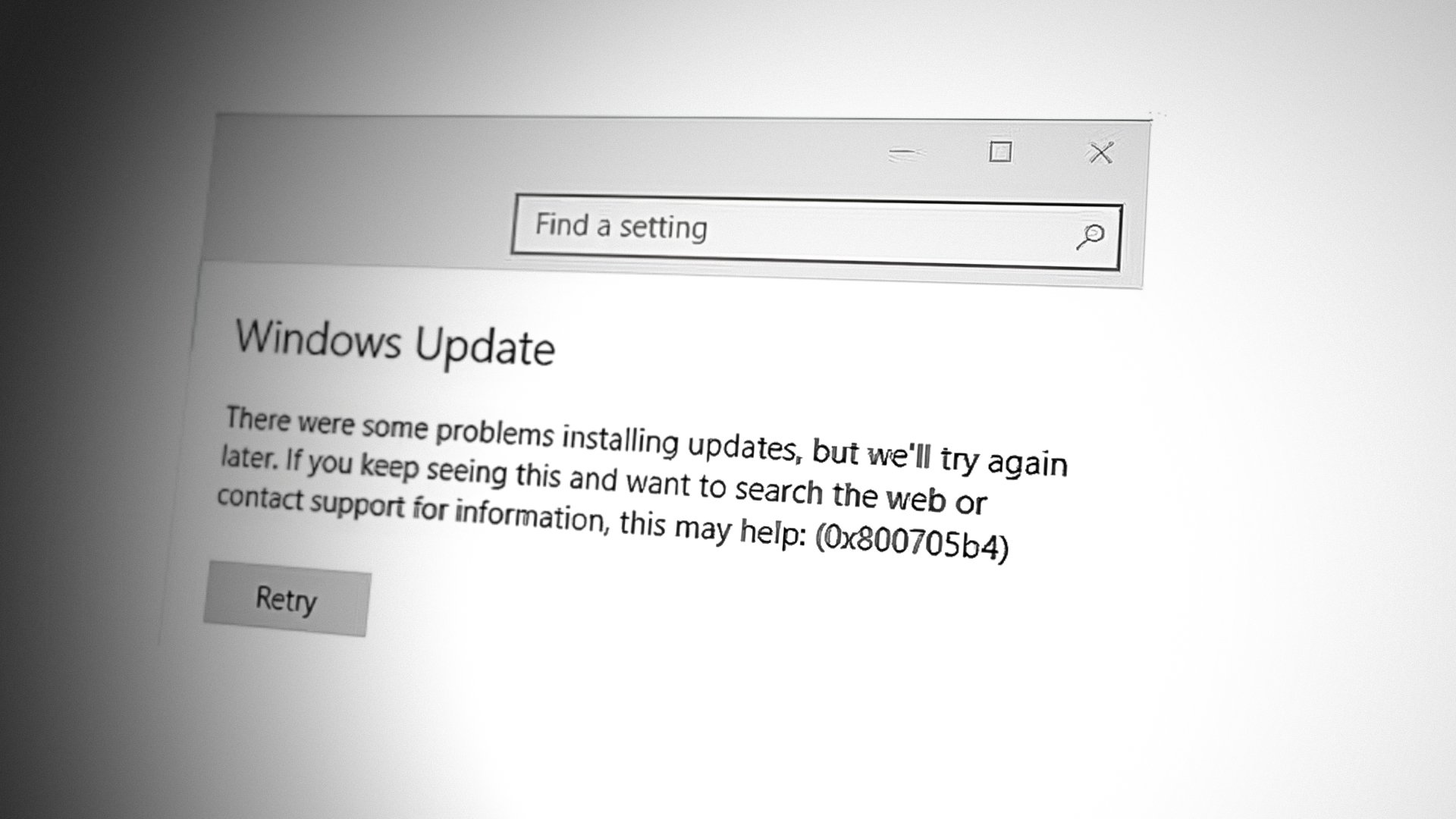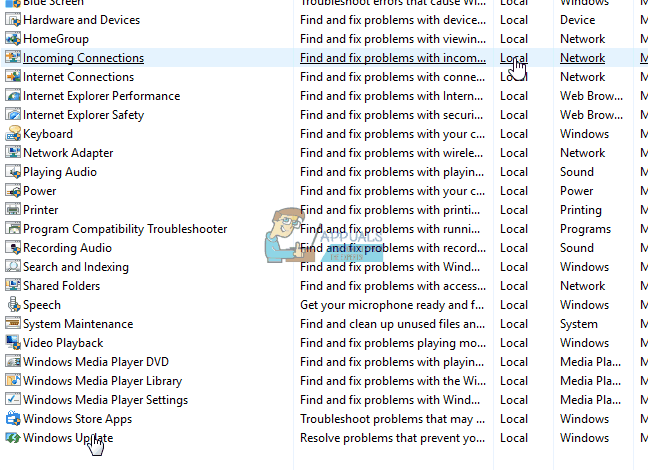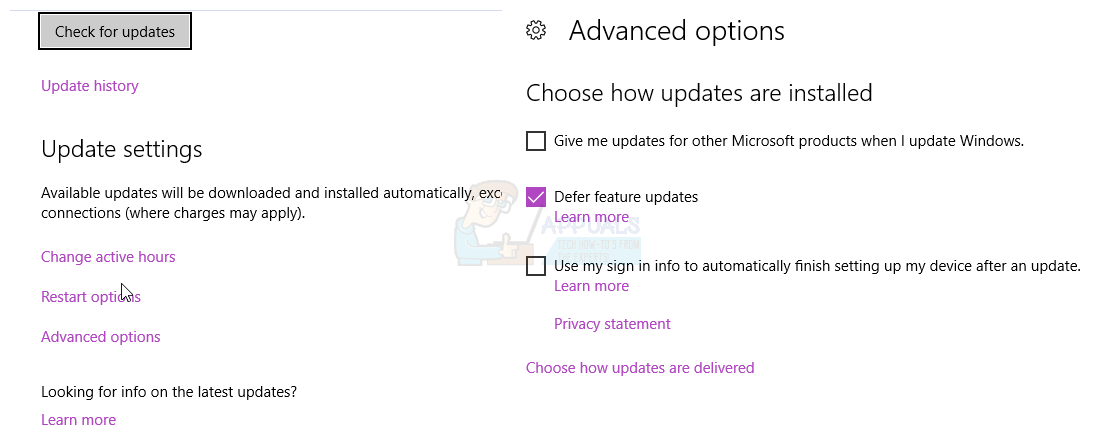How to Fix Windows Update Error 0x800705b4
Error code 0x800705b4 appears when Windows fails to install a system update. Breaking it down, the first part (0x800) shows that it is a system error, while the last four digits (0x05B4) identify it as ERR_TIMEOUT.

The meaning of this error depends on when it occurs.
- If it happens during the update download, it indicates “This operation returned because the timeout period expired.”
- If the error occurs during the update installation, it instead means “The System Cannot Find the File Specified” (ERROR_FILE_NOT_FOUND). In this case, the update file may have been altered or corrupted, preventing Windows from applying the update.
When this happens, updates cannot be installed on your system. Since many updates contain important security patches and bug fixes, resolving this problem is essential.
Fortunately, there are several proven solutions you can try. Because not every method works for every user, you may need to go through more than one. If the first fix does not help, move on to the next.
1. Manually Download the Update
If Windows Update fails, check the update number of the failed attempt. Go to the Microsoft Update Catalog and download the update directly. After downloading, open your Downloads folder, double-click the file, and install it. Once installed, restart your computer. This method is particularly useful for large updates such as the Anniversary Update.
2. Run the Windows Update Troubleshooter
The built-in Windows Update troubleshooter is effective for this particular error and has resolved it for many users.
- Press the Windows key, type troubleshoot, and press Enter.
- Click View All from the left panel.
- Select Windows Update from the list, then click Advanced and Next.
- Click Advanced again and choose Run as Administrator.
- Ensure the Apply repairs automatically option is checked, then click Next.
- When the process finishes, click Close, or view details if you want to see what was detected and fixed.

3. Delete the SoftwareDistribution Folder
The SoftwareDistribution folder stores temporary update files, which often become corrupted and cause update failures. Deleting it forces Windows to rebuild fresh update files.
- Restart your computer.
- Press Windows Key + X and select Command Prompt (Admin).
- Type the following commands one by one and press Enter after each:
net stop wuauserv
net stop cryptSvc
net stop bits
net stop msiserver
Ren C:\Windows\SoftwareDistribution SoftwareDistribution.old
net start wuauserv
net start cryptSvc
net start bits
net start msiserver
- Check if the update now installs successfully.
4. Disable Updates for Other Microsoft Products
Sometimes, updates for other Microsoft products interfere with critical Windows updates. Temporarily disabling this setting can help.
- Press the Windows key, type Check for updates, and open the result.
- Go to Update settings and click Advanced options.
- Uncheck the option Give me updates for other Microsoft products when I update Windows.

- Restart your computer and try updating again. You may need to run Windows Update more than once until you see the message Your device is up to date.
- After successful updates, return to Advanced options and re-enable Microsoft product updates.
 Reviewed by
Reviewed by